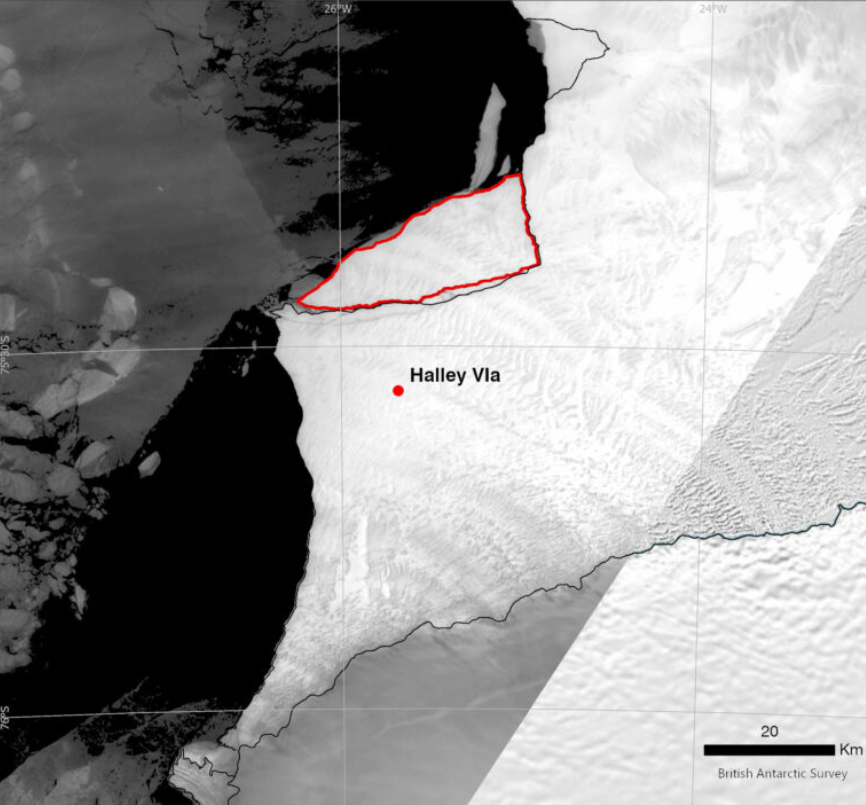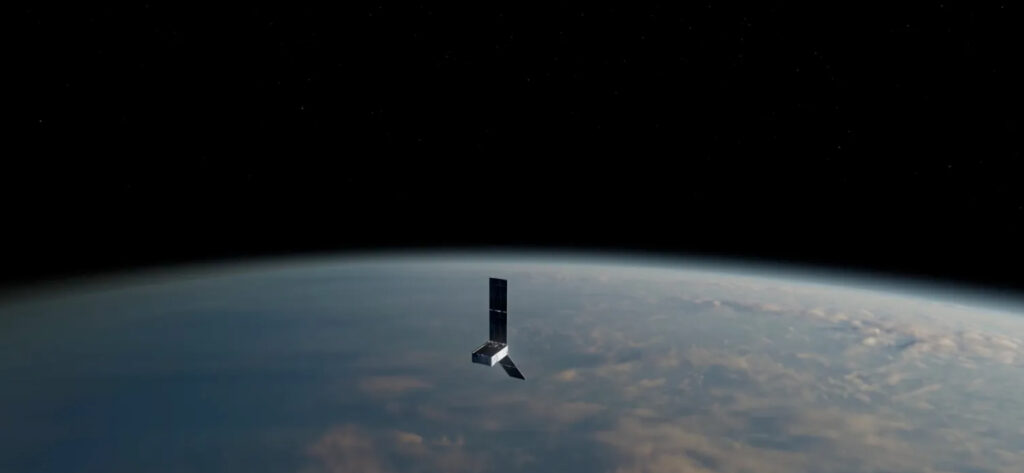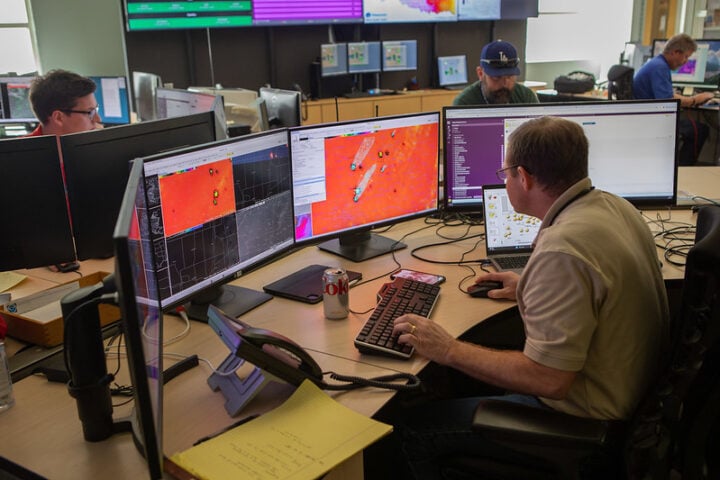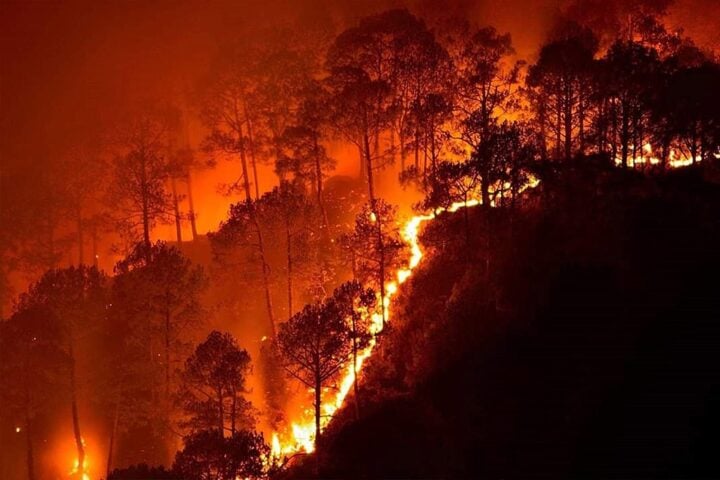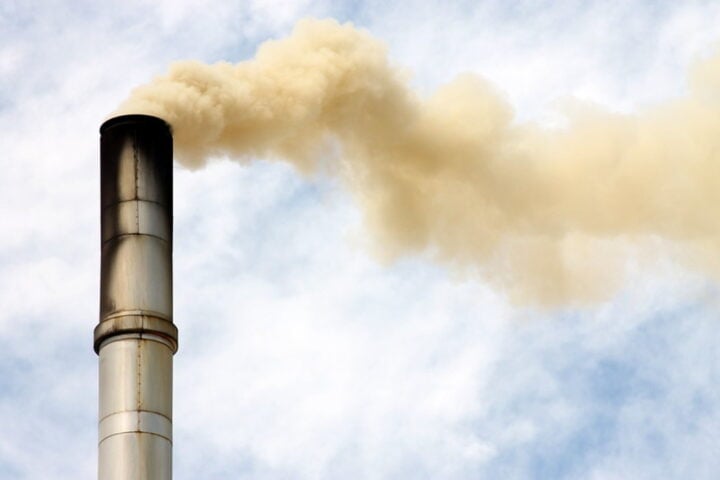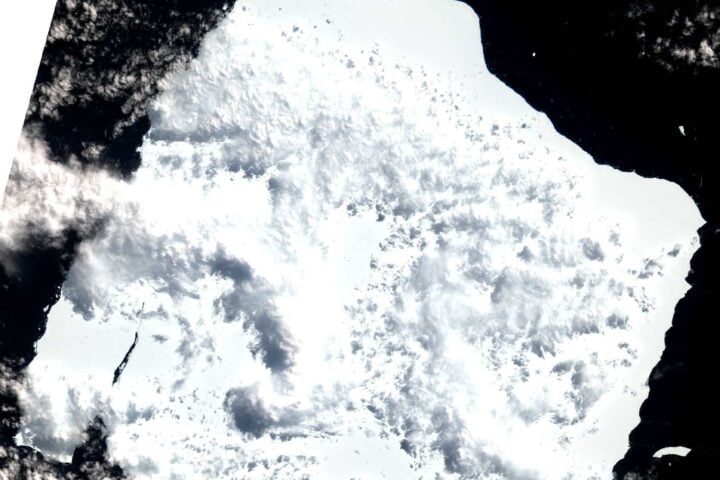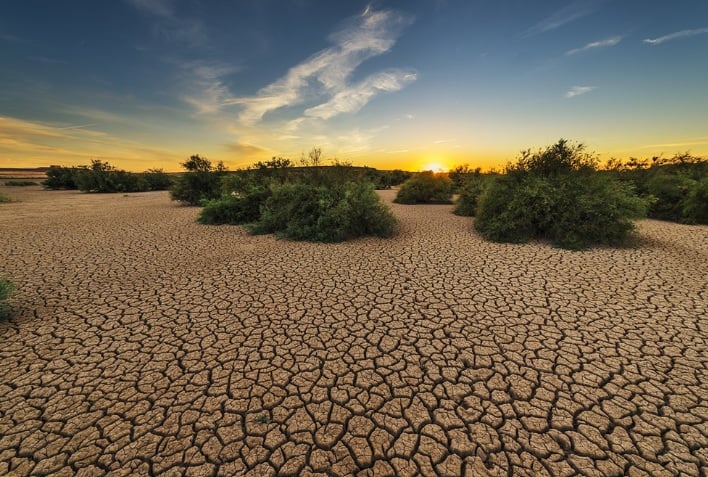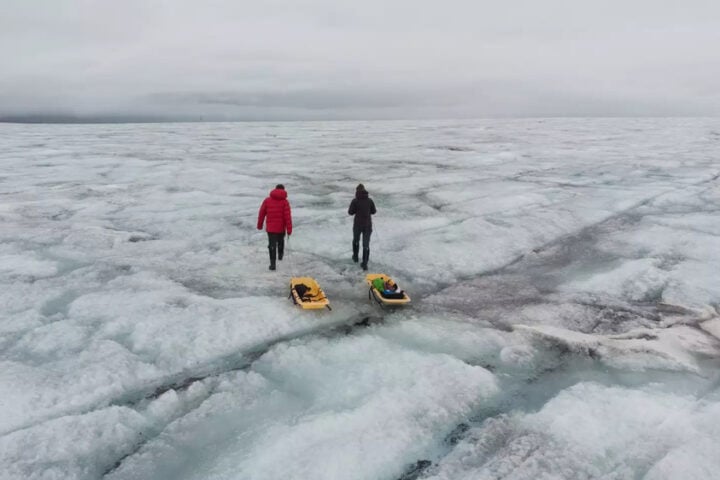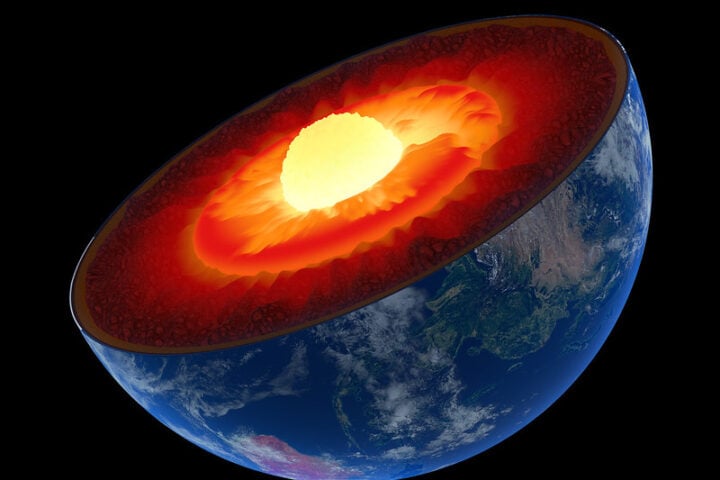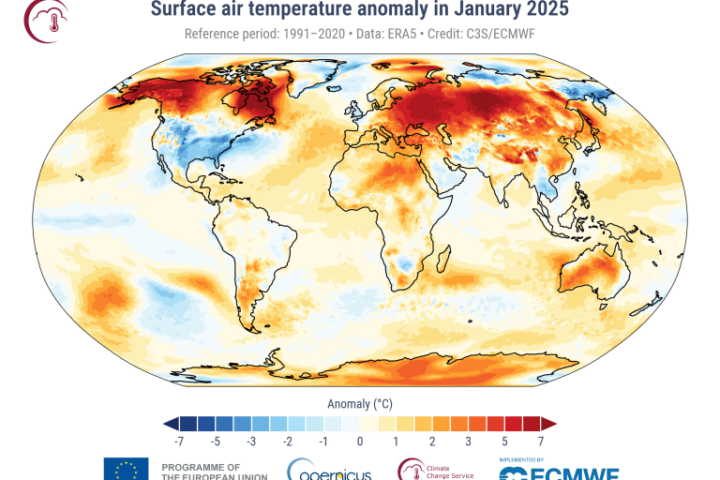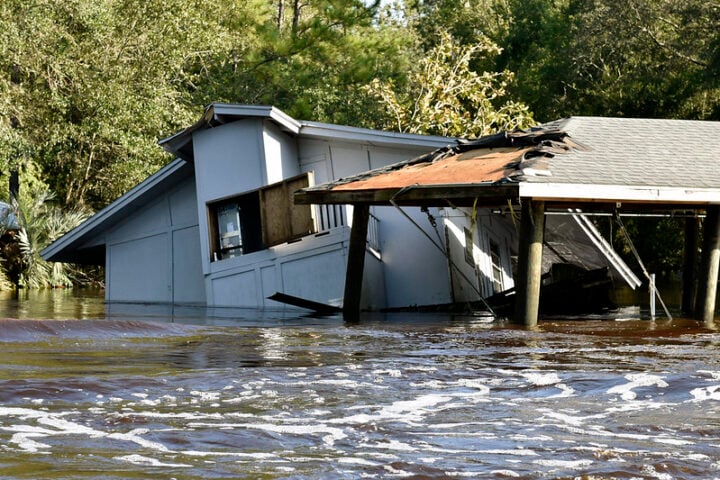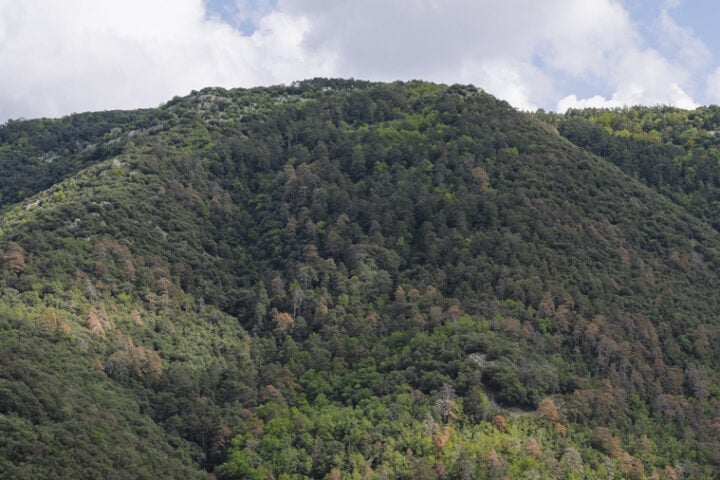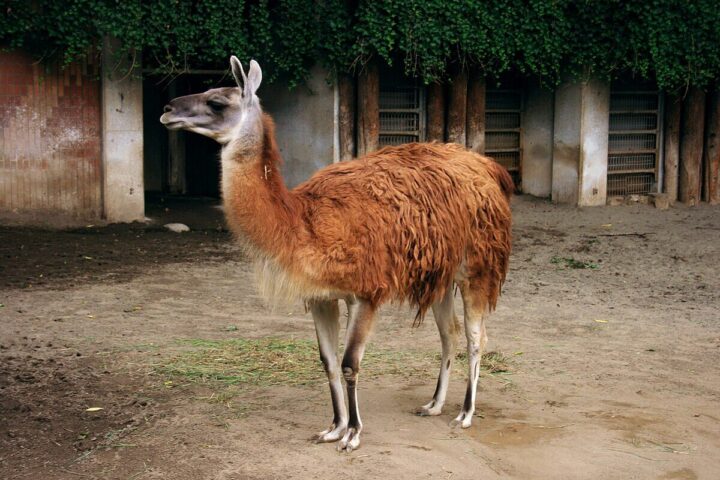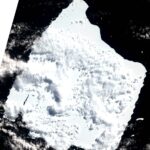A 380 square kilometer (km²) iceberg broke off from the Brunt Ice Shelf in Antarctica, confirmed the British scientific body, the British Antarctic Survey (BAS) this Tuesday. The detachment is a natural process not linked to climate change. BAS, which maintains its Halley base in that sector, reported that the iceberg, named A83, separated early Monday morning after a 14-kilometer crack appeared a few weeks ago in the 150-meter-thick shelf. This new crack is perpendicular to the already existing Halloween Crack, discovered on October 31, 2016.
The iceberg named A-83 “about the size of the Isle of Wight, has broken off the 150m thick Brunt Ice Shelf. ,” scientists stated in a press release. Previous significant detachments include the A-74 iceberg of about 1,300 km², roughly the size of Paris and its metropolitan area, in 2021 and the larger block A-81 of 1,500 km², equivalent to London and its surrounding areas, in 2023.
BAS glaciologists, who monitor the behavior of the Brunt Ice Shelf, reassured that the shelf’s speed has stabilized since the last detachment and they do not expect a response to this new event. Their scientific and operational teams continue to monitor the platform in real time to ensure it is safe and to preserve the research we conduct at Halley.
Oliver Marsh, who spent four seasons working at Brunt and detected the current breakup through GPS, noted, “this calving was expected since the appearance of Halloween Crack eight years ago and reduces the total area of the ice shelf to its smallest extent since monitoring began.” He further explained, “tabular iceberg calving is part of the natural behaviour of ice shelves but often causes large changes in ice shelf geometry and can impact local ocean circulation.”
Similar Posts
“Antarctica’s floating ice shelves grow gradually by ice flow and shrink episodically by iceberg calving,” said professor Adrian Luckman, a professor at Swansea University studies Antarctic ice shelves. “The balance between these two processes impacts their ability to hold back ice on land. It is concerning, therefore, that even in this relatively cold sector of Antarctica there have now been three large iceberg calvings in the last 3-4 years. The Brunt Ice Shelf is providing plenty of data to help us understand the calving process and predict the future evolution of these important ice bodies,” concluded professor.
In response to the dynamic conditions, the United Kingdom relocated the Halley base away from the critical zone in 2017 after detecting movement on the shelf. Since then, the staff has been operating at the station only during the Antarctic summer, between November and March.
